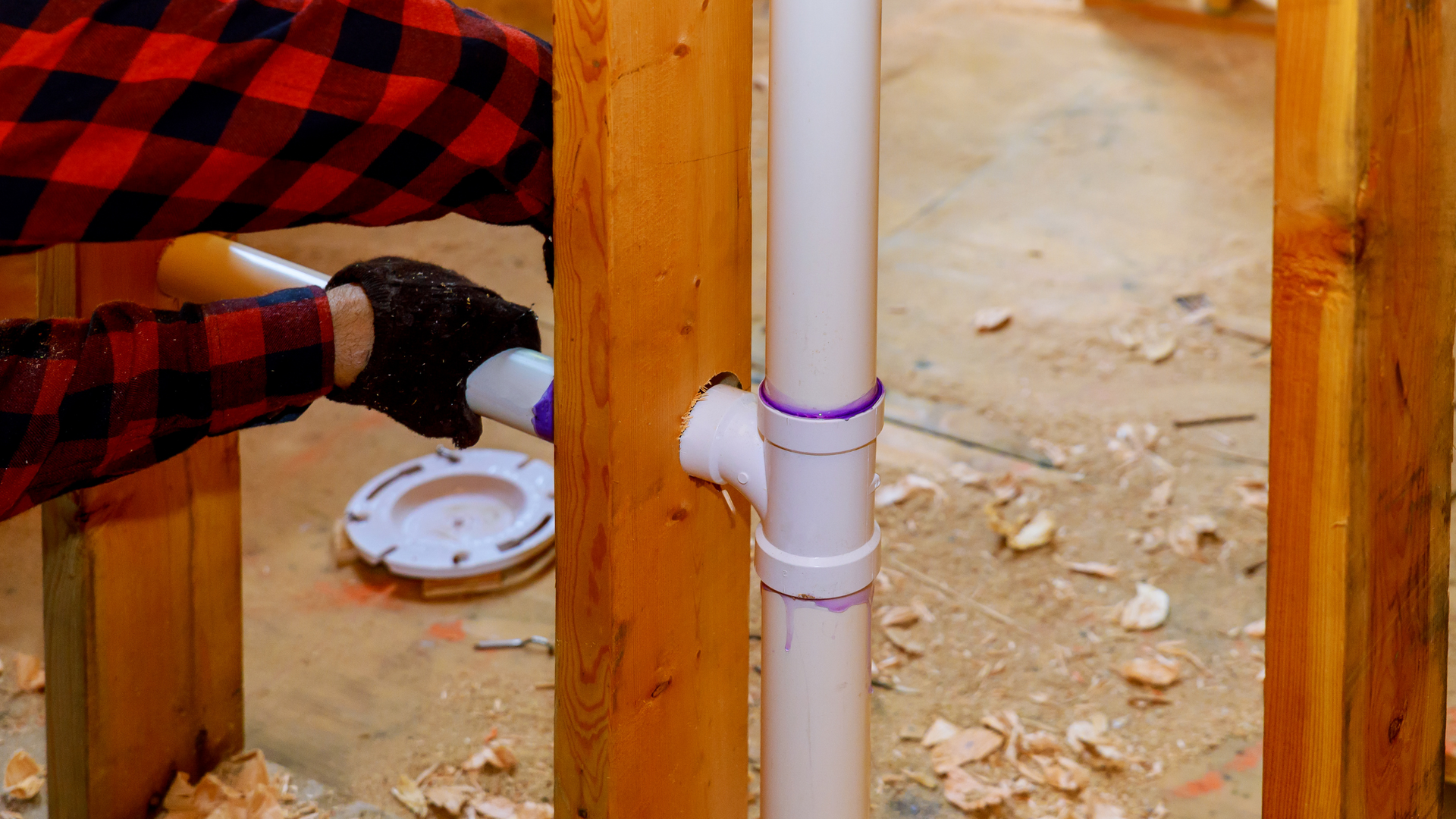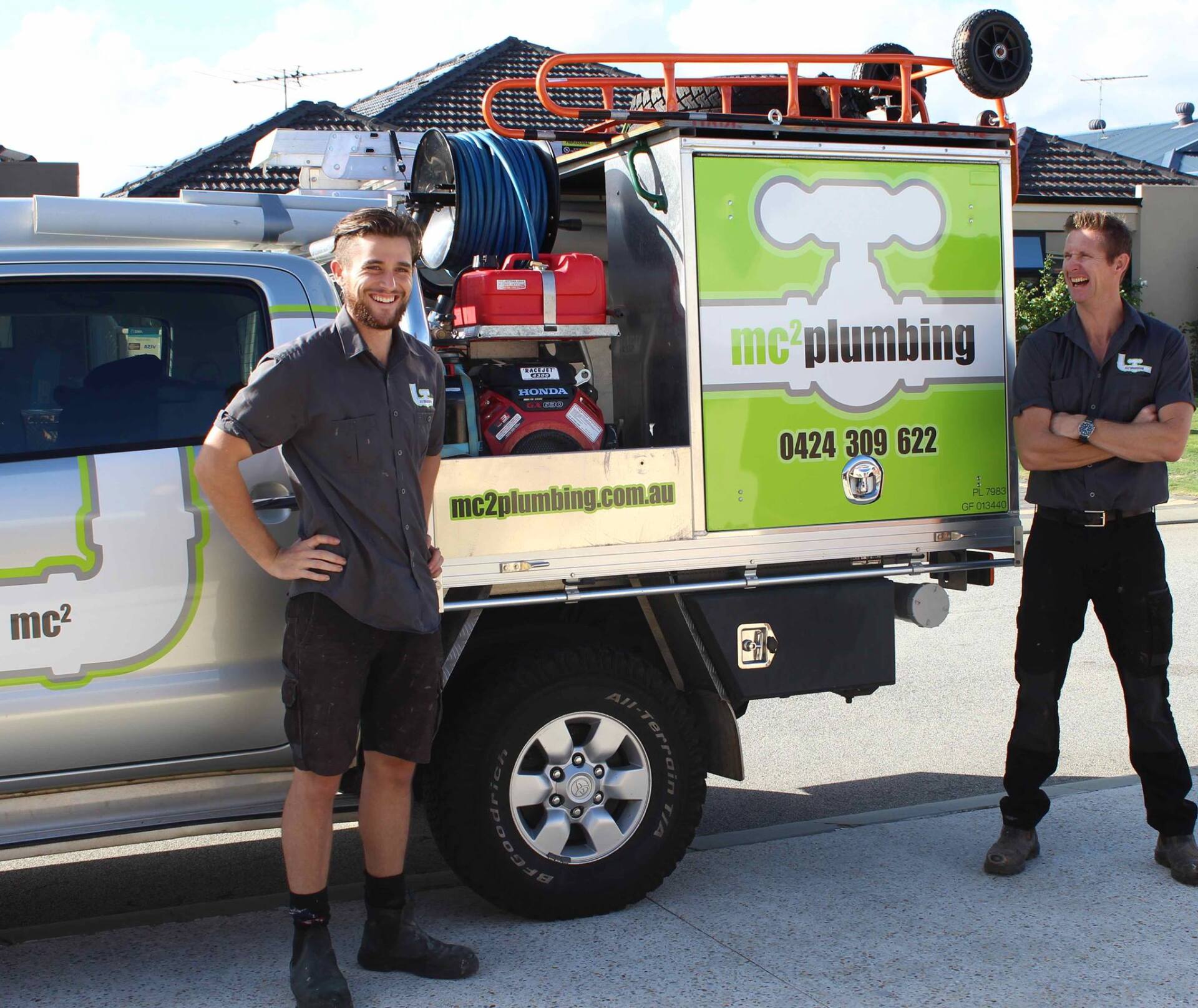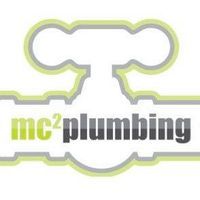Phone Number:
Email Us:
Address:
Based in North Perth, WA
What are Plumbing Vents and Why Do You Need Them?
What are Plumbing Vents and Why Do You Need Them?
Plumbing vents are kind of a big deal. They ensure proper drainage and prevent gas buildup, allowing air to enter the plumbing system, balance the pressure and allow wastewater to flow freely. By venting the system, these plumbing vents prevent clogs, stinks, and other plumbing issues. They’re important in maintaining the efficient operation of plumbing systems.
Plumbing vents, or ventilation pipes, are necessary because they prevent water seals in drain traps from being syphoned off. Without vents, draining water creates a vacuum that can suck water out of traps, leading to sewer odours and potential health hazards. Additionally, vents help equalise air pressure in the plumbing system, improving the flow of wastewater and reducing the risk of clogs.
By introducing fresh air into the system, plumbing vents also minimise the possibility of harmful gases, such as methane and hydrogen sulphide, accumulating and posing a safety hazard.
Plumbing vents also serve an essential role in addressing issues caused by fluctuating water flow. They assist in maintaining proper drainage by allowing air to escape the pipes when water is being discharged rapidly. This prevents the formation of negative pressure and ensures smooth water flow, reducing the likelihood of blockages.
It’s worth noting that plumbing vent requirements may vary depending on local building codes and the specific characteristics of the plumbing system being installed. Therefore, it’s necessary to consult relevant plumbing regulations and professionals to ensure compliance and optimal performance.
The importance of plumbing vents in a plumbing system
Plumbing vents play a crucial role in maintaining a well-functioning plumbing system. These vents allow air to flow through the pipes, preventing blockages and ensuring efficient drainage. By releasing sewer gases, plumbing vents also help to maintain a healthy and odour-free environment. Additionally, they help equalise pressure within the system, preventing water from backing up and causing potential damage.
A unique detail regarding plumbing vents is their connection to the roof. These vents typically extend above the roofline, allowing the release of sewer gases and ensuring continual airflow. This placement helps to prevent the gases from building up and entering the living space, keeping the indoor air quality unaffected. Additionally, the vent's height above the roofline prevents debris or water from entering the vent pipe.
History of plumbing vents
As with so many aspects of plumbing, the importance of plumbing vents in a plumbing system can be traced back to ancient civilizations. The need for proper ventilation in plumbing systems has long been recognized, with early civilizations using different methods to release sewer gases. The Roman Empire, for example, constructed elaborate systems of underground and above-ground pipes with carefully designed venting systems. These early innovations demonstrate the long-standing understanding of the importance of plumbing vents in maintaining a sanitary and functional plumbing system.
Throughout history, plumbing vents have continued to evolve, but their fundamental role and significance have remained constant.
The role of P-Traps and their relationship with plumbing vents
P-Traps play an essential role in maintaining the functionality of plumbing vents. These traps prevent sewer gases from entering the building while allowing wastewater to flow freely. The relationship between P-Traps and plumbing vents ensures that proper ventilation is maintained in the plumbing system, preventing the buildup of harmful gases and odours. By creating a water seal, P-Traps also help to prevent the entry of pests and insects. This symbiotic relationship between P-Traps and plumbing vents is crucial for maintaining the integrity of the plumbing system.
In the past, the absence of P-Traps and proper plumbing vents led to issues such as foul odours, sewer gas leaks, and the spread of diseases. The development and implementation of P-Traps and plumbing vents have significantly improved the safety and efficiency of plumbing systems in both residential and commercial buildings.
Types of plumbing vents
Plumbing vents play a crucial role in the proper functioning of plumbing systems. They ensure the flow of air through the plumbing system, preventing build-up of gases and allowing waste materials to flow smoothly. Understanding the different types of plumbing vents can help homeowners and professionals make informed decisions when it comes to their plumbing systems.
- Vent Stack: The vent stack is a vertical pipe that provides a direct path for air to enter and exit the plumbing system. It extends from the building's drainage system through the roof, allowing air to circulate and equalise pressure.
- Air Admittance Valve: An air admittance valve, also known as a cheater vent, is a mechanical valve that allows air to enter the plumbing system when needed. It is often used as an alternative to vent stacks in certain situations where installing a traditional venting system is challenging.
- Vent through Roof: This type of vent is typically found on the roof and is connected to the main drainage system. It allows air to escape from the plumbing system while preventing the entry of debris and water.
- Island Vent: In situations where there is no vertical vent stack available, an island vent can be used. It is a special type of vent that connects to the island fixture's drain line, providing air flow and preventing vacuum effects.
- Yard Vent: Yard vents, also known as yard drains, are used in outdoor plumbing systems to prevent water build-up and facilitate proper drainage. They are often found in areas where rainwater or groundwater needs to be diverted away from the property.
Additionally, it is important to note that local building codes may dictate specific requirements for plumbing vents based on the type of plumbing system and the building's layout. Ensuring compliance with these codes is essential to maintain a safe and efficient plumbing system.
Now, let's dive into a fascinating true history related to the types of plumbing vents.
Signs of a blocked plumbing vent pipe
Signs of a blocked plumbing vent pipe can cause various issues in your Perth plumbing system. The key indicators to watch out for are:
- Slow Draining: If your sinks, toilets, or showers are draining slowly, it may indicate a blockage in the plumbing vent pipe.
- Gurgling Noises: Unusual gurgling sounds coming from your drains could be a sign that the plumbing vent pipe is blocked and preventing proper air circulation.
- Sewage Odours: Foul smells coming from your drains or near your plumbing fixtures could be an indication of a blocked vent pipe, causing sewer gases to back up into your home.
- Overflowing Fixtures: If water backs up in one fixture when another is being used, it could be due to a blocked vent pipe not allowing proper drainage.
Additional details to consider include the possibility of bird nests, debris, or ice accumulation obstructing the plumbing vent pipe. These blockages can occur over time due to weather conditions, ageing materials, or lack of regular maintenance.
To address a blocked plumbing vent pipe, you can try the following suggestions:
- Clear the Blockage: Use a plumbing eel or high-pressure water jet to remove the obstruction from the vent pipe. This will allow proper airflow and restore the system's functionality.
- Seek Professional Help: If the blockage persists or is difficult to locate,contact your local Perth plumber who can use specialised tools to assess and resolve the issue effectively.
- Regular Maintenance: To prevent future blockages, schedule regular plumbing inspections and cleanings. This proactive approach can help detect and address any potential issues before they become major problems.
How to unblock a plumbing vent
Unblocking plumbing vents is a crucial task in maintaining a properly functioning plumbing system, to avoid sewer odours and slow draining sinks.
- Determine the location of the vent: Look for a pipe sticking out of your roof or running up through your walls. This is the vent pipe and it's usually connected to your plumbing system.
- Check for obstructions: Use a torch to inspect the vent pipe for any visible debris or blockages. Common culprits include leaves, bird nests, or other debris that may have accumulated over time.
- Clear the vent pipe: If you can safely access the vent pipe, use a plumber's eel or a rod with a brush attachment to remove any obstructions. Carefully insert the tool into the pipe and rotate it to dislodge any blockages.
- Flush the vent pipe: Once you've cleared the obstruction, run water down the drain connected to the vent pipe to flush out any remaining debris. This will help ensure proper airflow and prevent future clogs.
It's also important to have your local plumber in Perth inspect your plumbing vents regularly to prevent any potential blockages or issues. Regular maintenance can help avoid costly repairs and keep your plumbing system running smoothly.
Whew, now that was a lot! Let’s recap in a nutshell:
What are plumbing vents and why do you need them?
- Plumbing vents regulate air pressure within the plumbing system, ensuring proper water flow and preventing vacuum-induced drainage issues.
- Plumbing vents help remove sewer gases, including methane and hydrogen sulphide, from the plumbing system, preventing foul odours and potential health hazards.
- A clogged plumbing vent can lead to slow or no drainage, unpleasant smells, and the buildup of harmful gases in the plumbing system.
- Plumbing vents are vertical pipes that typically extend through the roof of a home, providing an entry point for fresh air and an exit point for odours and gases.

FAQs about What Are Plumbing Vents And Why Do You Need Them?
What are plumbing vents and why do you need them?
Plumbing vents, also known as vent stacks or plumbing air vents, are vertical pipes that extend through a home's roof. They serve two primary purposes in a plumbing system. First, they regulate air pressure within the system to ensure proper drainage. Second, they remove sewer gases, preventing foul odours and potential dangers. Plumbing vents are crucial for maintaining the functionality and cleanliness of your plumbing system.
How do plumbing vents regulate air pressure in a drainage system?
A plumbing vent helps regulate air pressure within a drainage system by allowing air to enter and exit the system. It ensures that waste and water flow smoothly through drain pipes, preventing the formation of a vacuum that could impede drainage. Each plumbing fixture in your home requires air to move water effectively, and a properly functioning vent pipe facilitates this process.
What gases are found in sewer systems, and why is it important to remove them?
Sewer systems can contain various harmful gases, including methane, hydrogen sulphide, nitrogen oxides, sulphur dioxide, and ammonia. These gases not only cause foul odours but can also be dangerous. Plumbing vents allow these sewer gases to escape, providing an entry point for fresh and clean air into the system. Removing these gases helps prevent your home from smelling bad and ensures a safe and healthy environment.
What happens if a plumbing vent becomes clogged?
A clogged plumbing vent is a serious issue as it disrupts air pressure and affects the proper functioning of your drainage system. Signs of a clogged vent include slow drainage, ineffective clearing of drains, sewage smells coming up through the drain, gurgling sounds, and stagnant water in drains. It is important to address a clogged vent promptly to prevent further plumbing problems.
What are P-Traps and how do they work with plumbing vents?
P-Traps are devices used in plumbing systems to prevent sewer gases from entering a home. They hold a small amount of water, creating a barrier that blocks gases while allowing water to flow. P-Traps work in conjunction with plumbing vents to maintain proper air pressure. When vents and traps are adequately connected, air pressures will not push or pull through the trap, ensuring the water reservoir remains intact.
What are the different types of plumbing vents?
There are several types of plumbing vents, including true vents, common vents, and auxiliary vents. True vents are vertical pipes attached to drain lines and vent from the roof. Common vents are used when two fixtures are installed on opposite sides of a wall. Auxiliary vents are attached to drain lines or plumbing fixtures and connect to the central vent that goes to the roof. The choice of vent type depends on the specific plumbing system configuration.
Get your plumbing vents checked by your local Perth plumber today
Now that you're all clued up on plumbing vents, if you think your plumbing vents may be blocked or need looking at, make sure to get the professionals in. Contact Lee at MC2 Plumbing on
0424 309 622 and book him in today.

The face of MC2 Plumbing, Lee is your friendly, nice-guy-next-door type bloke. Once a professional tap dancer, Lee went from dancing on taps around the world to fixing taps in Perth (with over 20 years in the trade).

Our Plumbing Services
Water and electricity combine at MC2 Plumbing & Electrical, to provide intelligent solutions for a wide range of domestic and commercial requirements Local Plumber Near Me, we do it all!
Top Serving Suburbs
Contact Information
Phone Number:
Email Us:
© Copyright 2021 | All Rights Reserved | MC2 Plumbing
